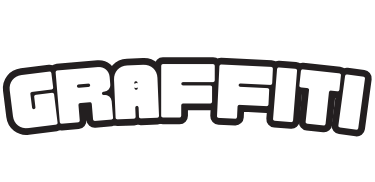Table of Contents
Introduction
In the world of graffiti, block letters have been a cornerstone of urban street art for generations. These bold, angular, and highly legible letterforms have the power to make a strong visual impact and convey a message with clarity and purpose. Whether you’re a seasoned graffiti writer or an aspiring artist, learning to create block letters is essential to developing your own distinctive style and leaving your mark on the city streets.
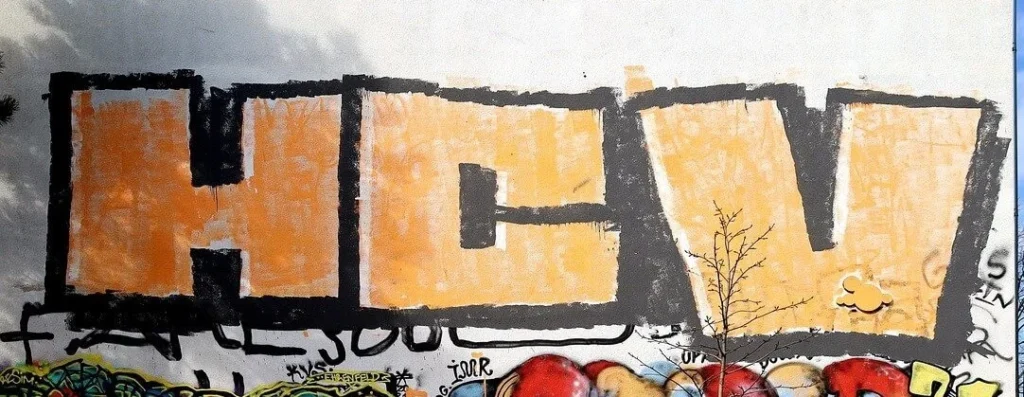
The Evolution of Block Letters in Urban Art
Block letters first emerged in the early days of the graffiti movement in the 1960s and 1970s. As urban art evolved from simple tags to more elaborate pieces, artists began using block letters to create larger, more visible, and more impactful works while maintaining a sense of simplicity and readability.
Influential pioneers like Super Kool 223, a legendary New York City graffiti writer, played a significant role in popularizing and refining this style. His work, characterized by bold, angular letterforms and dynamic elements like arrows, set the standard for generations of graffiti artists to follow.
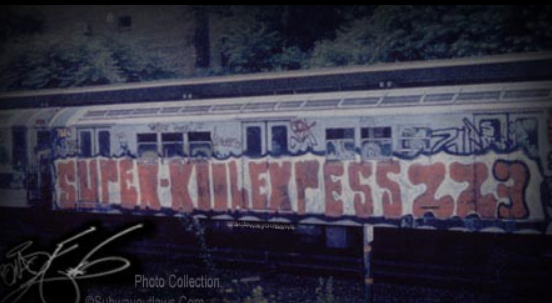
©SubwayOutlaws
Key Characteristics of Block Letters
To create powerful and effective block letters, it’s essential to understand the key elements that define this iconic style:
- Angular Lines: These letterforms are composed of straight, angular lines, creating a sense of strength, solidity, and precision.
- Consistent Thickness: Unlike other graffiti styles that feature varying line weights, block letters typically maintain a uniform thickness throughout each letter, enhancing their bold appearance.
- Legibility: One of the primary goals of this style is to be easily readable from a distance, making them an ideal choice for conveying a clear message or name.
- High-Contrast Colors: Artists often employ bright, contrasting colors to maximize their visual impact and ensure they stand out against the urban backdrop.
- Geometric Shapes and Accents: Incorporating geometric shapes, arrows, or other angular elements can add visual interest and dynamism to compositions.
Tools and Techniques for Creating Block Letters
To bring your designs to life, you’ll need the right tools and techniques. Some essential items include:
- Sketchbook and pencils for planning and refining your letterforms
- Markers for applying color
- Rulers, t-squares, or other straight edges for creating precise, angular lines
- Masking tape for creating sharp, clean edges and separating color fields
When using these tools, it’s essential to practice proper can control, maintain consistent pressure, and use smooth, steady motions to achieve clean, crisp lines.
Step-by-Step Guide to Drawing Block Letters
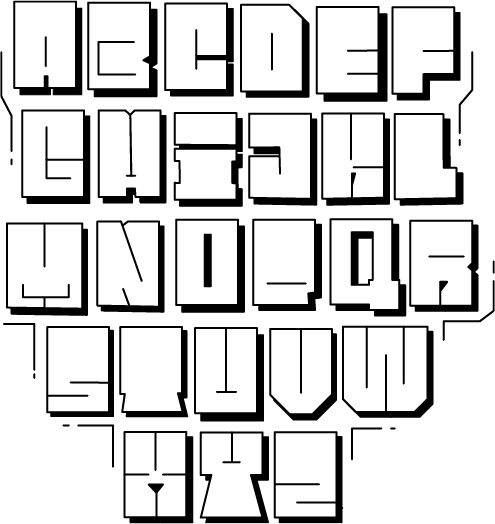
Part 1: Drawing Block Letters Alphabets
Learning to write block letter alphabets is the foundation of creating stunning graffiti art. Follow these steps to master the basics:
- Start with a Simple Shape: Begin by sketching a simple letter shape, such as a straight line or a basic outline. This will serve as the base for your block letter.
- Outline the Letter: Using the base shape as a guide, draw the outline of the letter. Keep the lines sharp, angular, and consistent in width. Aim for a balanced and symmetrical appearance.
- Refine the Edges: Once you have the basic outline, refine the edges of the letter by straightening and sharpening the lines. Maintain a crisp, geometric appearance throughout the letterform.
- Ensure Consistency: As you practice writing the entire alphabet, focus on maintaining consistent heights, widths, and angles across all letters. This uniformity will create a cohesive and visually appealing style.

Part 2: Enhancing Your Letters and Adding Style
Once you’ve mastered the basic letterforms, the possibilities for adding depth, dimension, and personal flair to your block letters are endless. Here are some techniques to explore, but remember, these are just a few examples – feel free to experiment and develop your own unique style:
- Add 3D Effects: Incorporate three-dimensional elements like shadows, highlights, or bevels to give your letters more visual interest and depth. Experiment with different techniques to find the style that works best for you.
- Play with Line Thickness: Vary the line thickness within your letters to create a more dynamic appearance. Thicker lines can emphasize certain parts of the letter, while thinner lines can add detail and contrast.
- Experiment with Connections: Explore different ways to connect letters within a word or phrase. Overlapping, interlocking, or flowing connections can add visual interest and create a unique composition.
- Add Decorative Elements: Incorporate tech-looking lines, geometric shapes, or patterns around your block letters to give them a unique style and flavor. These additional elements can help your designs stand out and reflect your personal aesthetic.
- Create Volumetric Effects: Use some geometric elements (triangles for example) to add a sense of volume and depth to your block letters. Strategically placing triangles can make your letters appear more three-dimensional and visually engaging.
- Experiment with Letter Patterns: Add repeating patterns or textures to your block letters to create a unique look. Experiment with different pattern styles, such as diagonal lines, dots, or zigzags, to find a design that complements your overall composition.
- Make Some Cracks or Notches: Add cracks, notches, or small cuts to your block letters to give them a worn or distressed appearance. This technique can add character and visual interest to your designs, making them look more dynamic and eye-catching.

Part 3: Exploring Creative Block Letter Designs
Now that you’ve mastered the basics and learned how to enhance your block letters, it’s time to put your skills into practice by exploring creative block letter designs. These designs will help you develop your own unique style and create eye-catching compositions.
Block Letter Design Examples
Here are some block letter design examples to practice:
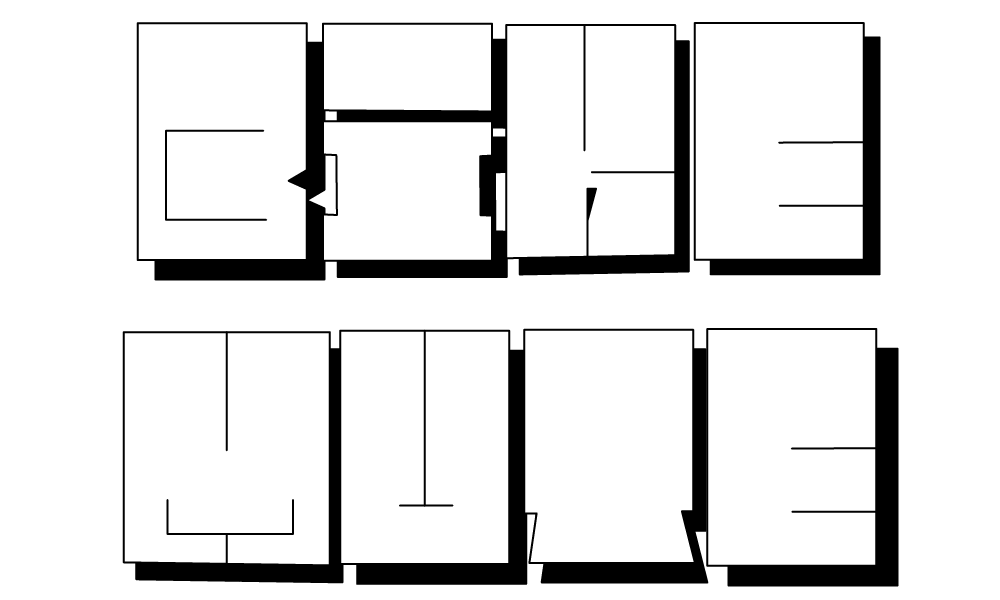
You can recreate these designs and add your own touch using the techniques discussed in Part 2 to make them more attractive. Additionally, consider the following ideas when creating your own graffiti designs to further enhance your skills or check this article for more details.
Creative Block Letter Design Ideas
- Interlocking Letters: Create a design that features two or more block letters interlocking or interconnected with each other. Experiment with different ways to link the letters, such as overlapping, merging, or weaving them together.
- Stacked Letters: Design a composition where block letters are stacked on top of each other, creating a vertical arrangement. Play with the size, placement, and orientation of the letters to create a visually interesting and balanced design.
- Offset Letters: Experiment with offsetting or displacing parts of your block letters to create a unique, dynamic appearance. This can involve shifting, rotating, or separating sections of the letters while still maintaining readability.
- Dimensional Letters: Create block letter designs that appear to have depth, volume, and dimensionality. Use shading, highlights, and perspective techniques to make your letters look like they are popping out of the surface or receding into space.
- Patterned Letters: Incorporate patterns, textures, or decorative elements within the structure of your block letters. This can include stripes, polka dots, gradients, or even illustrations that complement the overall design.
Finding Your Unique Block Letter Style
As you continue to practice and refine your skills, it’s important to focus on developing your own unique style. This can involve experimenting with:
- Different letter structures and proportions
- Unique color schemes and palettes
- Incorporating personal symbols, characters, or themes
- Combining your letterforms with other styles or artistic elements
- Adapting your letters to various surfaces and contexts
By continually pushing yourself to innovate and evolve your style, you’ll be able to create designs that truly stand out and reflect your individual artistic vision.
Conclusion
Block letters are a powerful and enduring art form that allows artists to make a bold statement and leave a lasting impact on the urban landscape. By understanding the history, key elements, tools, and techniques behind this iconic lettering style, you can unlock your creativity and develop your own unique approach to creating impactful graffiti art.
Remember, the path to mastering this art form is one of dedication, experimentation, and self-expression. Embrace the process, learn from your mistakes, and never stop pushing yourself to grow and evolve as an artist. With time, practice, and perseverance, you’ll be able to create block letters that not only showcase your skills and style but also inspire and influence the next generation of urban artists.
